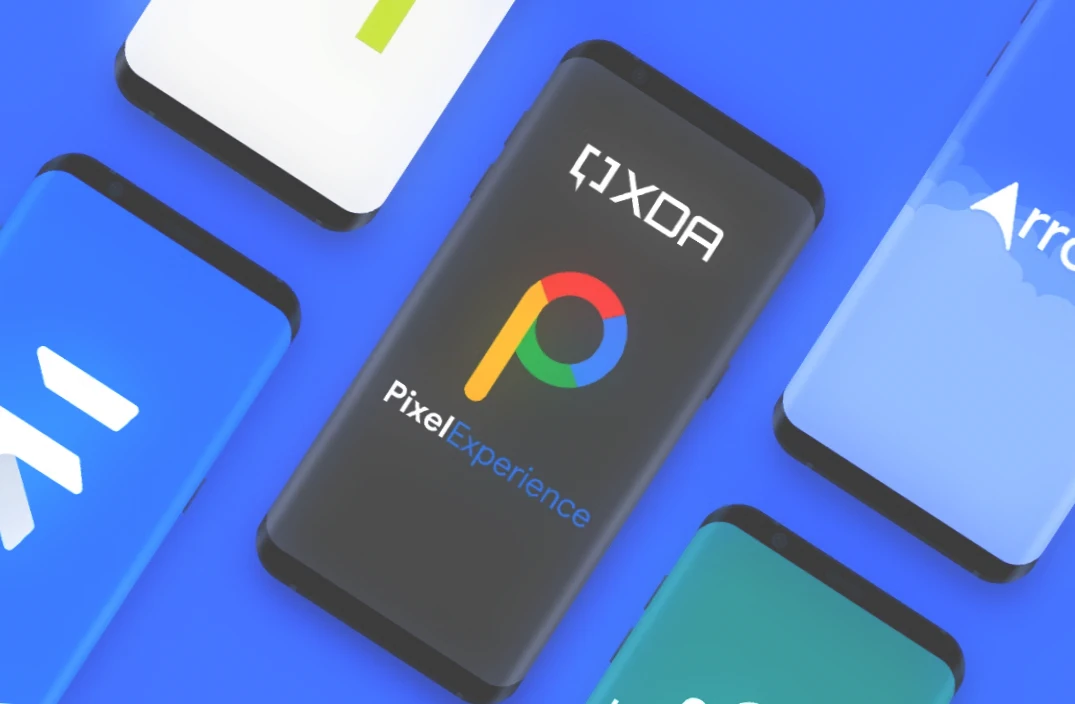What is the difference between the phone firmware and Android and what firmware is better
No matter how much we pay attention to design, the face of a smartphone is not so much the screen or the design of the cover, as the firmware – its software environment. With its help, we interact with the mobile device. If in Apple phones there is only one (iOS), in the world of Android there is simply an infinite number of firmware, the pros and cons of which may affect the choice of gadget of a particular brand. We decided to compare the software devices of most companies represented in our market to answer the question of which Android firmware is better after all.
Each smartphone manufacturer has its own firmware, and trying to find the best one is another challenge
Pure Android – what is it
There is an opinion that there is nothing better than a pure Android. But none of you have probably dealt with the stock OS. A bare Android or AOSP (Android Open Source Project) is just a template for developers to create their own firmware based on it. Look at what a stock Android looks like and you will immediately understand everything.
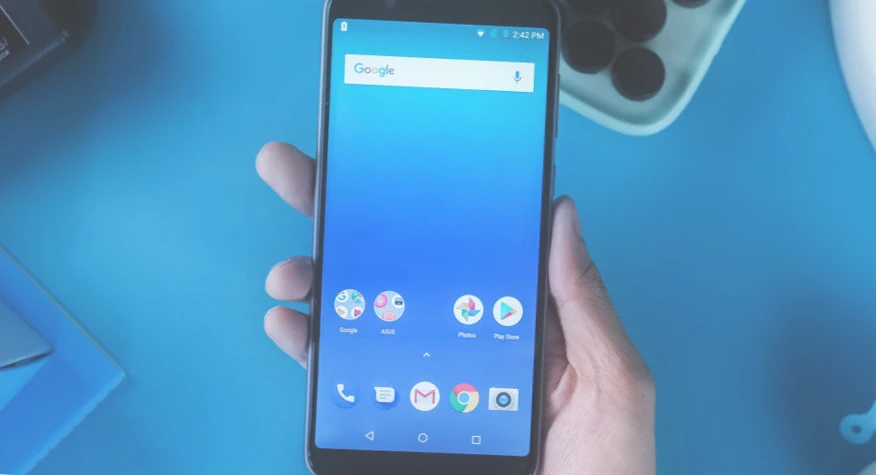
This is the desktop in stock Android. It’s not pretty, is it?
Speaking of Android without firmware, we rather mean Pixel UI, the firmware of Google’s Pixel smartphones. It is its interface that is shown at presentations of new versions of Android, which is what many of us take for granted.
In comparison with other firmware Pixel UI has a minimum number of add-ons and boasts a very deep integration of Google services. At the same time, Google’s firmware lacks unique features that appear much earlier on smartphones from other manufacturers. For example, I was introduced to gesture control on Meizu M6s with the Flyme shell (Android 7), although on Google Pixel smartphones this type of interaction with the interface appeared only with the arrival of Android 9 (correct me if I am wrong).
Types of Android firmware
Having your own firmware is hardly a requirement for every self-respecting smartphone manufacturer. And while there are third-tier devices on the market with an interface that strongly resembles pure Android, almost all companies offer their own software environment.
MIUI – firmware for Xiaomi smartphones
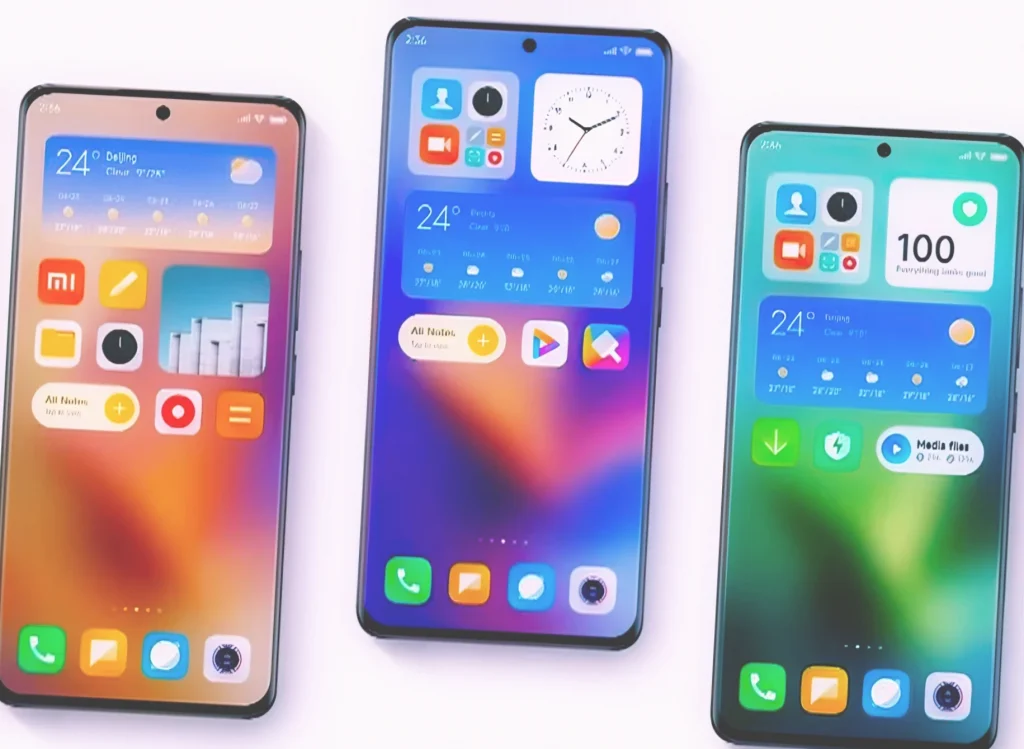
Most visitors to our site use Xiaomi smartphones, as evidenced by stubborn statistics. They pre-installed the firmware MIUI, which is both loved and hated. The firmware is characterized by beautiful visuals and attention to detail. If your phone has a good vibration motor, in MIUI you will feel every action with your fingers.
Also on the plus side are the additional features of the built-in applications, whether it’s replacing the sky in the Gallery or the cloning effect in the Camera. But along with the advantages there is an impressive number of disadvantages. On cheap Xiaomi smartphones software functionality is severely curtailed, and the device on a weak processor processes beautiful animations very slowly. MIUI is updated briefly, but painfully. Many users have to wait more than a year after the presentation of the latest firmware until the latest version arrives on their phone.
In its pure form MIUI is presented on Xiaomi and Redmi smartphones. On POCO the firmware is accompanied by POCO Launcher, which changes the main screen to an application menu and makes icons round. And on Black Shark devices the firmware JOY UI is used – the same MIUI, only with a prevalence of green shades and gamer chips.
One UI on Samsung phones
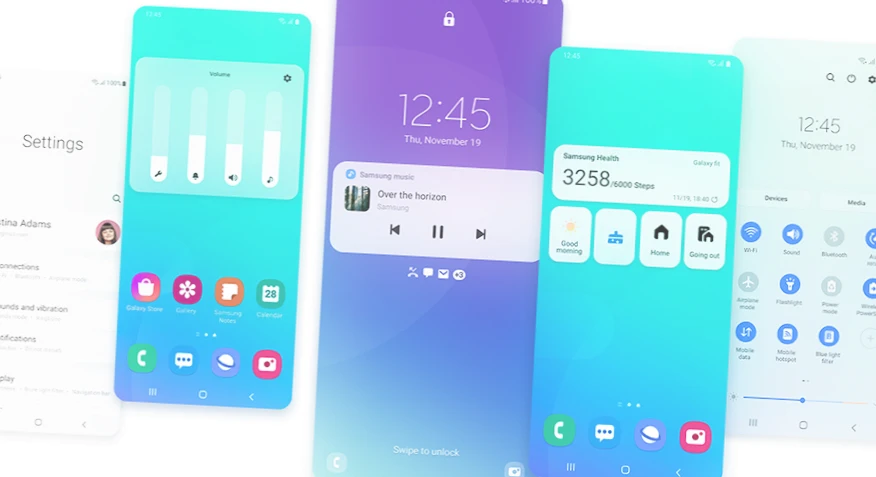
Unlike MIUI, the One UI firmware on Samsung smartphones is updated more readily. Even the cheap Galaxy A01, which came out back in 2019, is about to get an update to One UI 4.1 Core with Android 12 on board, while support for the more advanced Redmi Note 7 (2019) has already stopped.
Aside from regular updates, One UI can offer an ascetic interface. It is as alien to me as the AI algorithms that process the image when taking photos on the Samsung. But on cheap phones Samsung’s firmware works more stable than MIUI, and the modest appearance is compensated by the close to Xiaomi firmware functionality and unprecedented user immersion in the Samsung ecosystem.
Magic UI – the firmware phone HONOR

Magic UI firmware seems to me suspiciously similar to EMUI, so I decided to bypass the HUAWEI firmware or, if you want, within the material I combined it with software HONOR smartphones, which at least can boast the presence of Google-services.
Like the Samsung firmware, Magic UI offers a bunch of ecosystem features. For example, if you own a HONOR laptop, you can use the Magic-link option to quickly transfer files to the laptop via an NFC tag on the case. That said, visually Magic UI is something between MIUI and One UI, and with updates everything is ambiguous.
Updated Realme UI

Realme – a subsidiary of OPPO. In its latest version so far, realme UI resembles One UI (Samsung), offering round app icons and an ascetic settings menu with a minimum of visualizers. With this firmware I personally have dealt only with a stripped-down version of Go, so I will rely on the opinion of users, and they call realme UI almost the most stable firmware on Android and talk about a wide range of customization options. But in terms of the duration of support on cheap smartphones realme UI is closer to MIUI than to One UI.
Funtouch OS – Vivo firmware
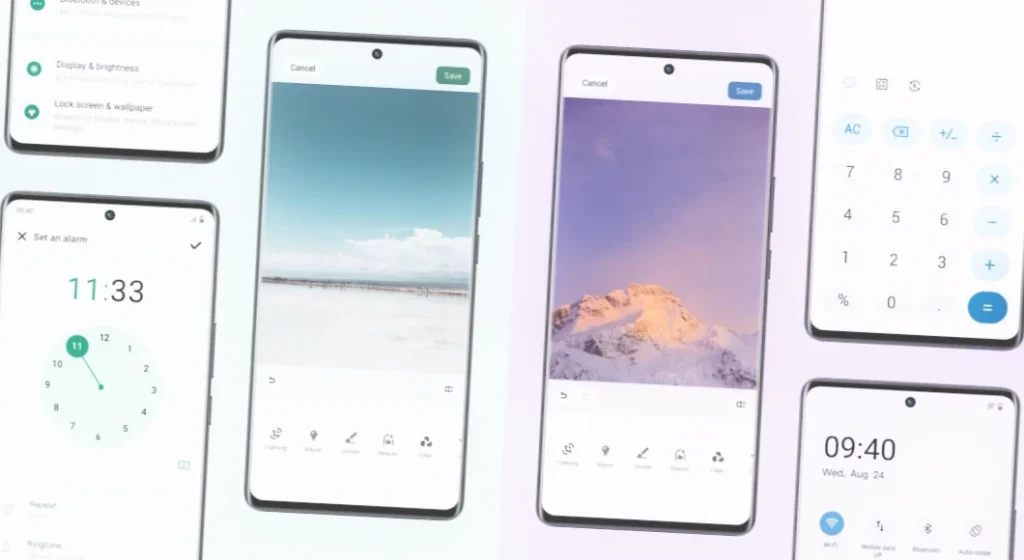
Before the release of Funtouch OS 12 the firmware seemed to me too raw in terms of appearance, but with the 2022 update the attitude towards the Vivo firmware has changed, largely due to the cool widgets of built-in apps.
Another undeniable plus of the Funtouch OS is the customization of the screen, from changing the charging animation to adjusting the appearance of the Always On Display. So if vivo didn’t neglect simple things like having stereo speakers and normal vibration, I’d think 100 times whether to stay with Xiaomi. With Funtouch OS updates everything is more or less fine, but updates are released less often than fresh versions of One UI appear on Samsung smartphones.
HiOS firmware on TECNO smartphones
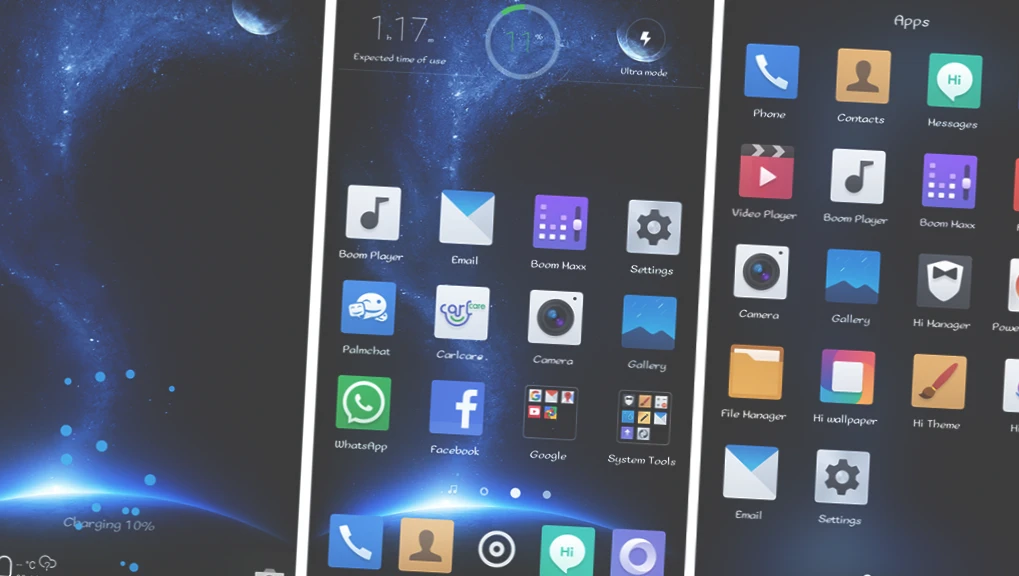
Lately I see more and more people with TECNO smartphones, so I can’t get past their HiOS firmware. It looks the most like MIUI and in some aspects it is even ahead of it. There is a ribbon of widgets, and every parameter in the settings is accompanied by a nice visualization. For me, such a design is much closer than the ascetic One UI.
The question of updates remains open. The firmware is relatively new, and TECNO rivets smartphones almost every month. Obviously, without a staff comparable to the MIUI team, HiOS developers will not be able to maintain their devices for a long time. If you have long-term experience with TECNO phones, share in the comments whether the manufacturer is willing to update the software.
Infinix’s XOS firmware
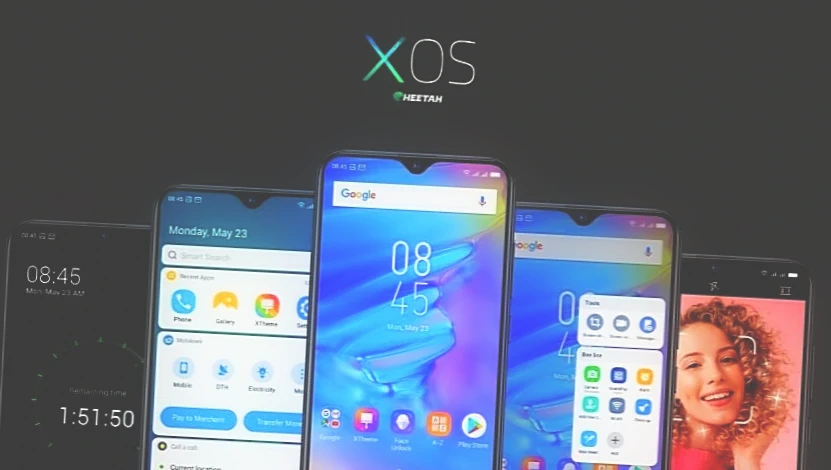
If HiOS is almost a clone of MIUI, XOS is a hint of JOY UI, which in turn is built on MIUI. And why is that? Because Infinix is part of Transsion Holdings along with TECNO. Looking at XOS from the outside, I definitely like its visuals with cool widgets.
Plus Infinix’s XOS has some built-in utilities. There’s XHide secure storage, baby mode, and the YoParty audio player for collaborative listening. But a year ago there were complaints about problems with Russian translation of some menu items and lack of updates. So Infinix needs to evolve and develop.
Which Android firmware is better
I have already given away a fair portion of subjective text, so I will leave the answer to the question of which skin is better to you.
Of course it would be naïve to consider the results of such a survey to be even representative, since the answers are more like a census of smartphone owners of different brands. Therefore, it is not surprising that One UI and MIUI are leading in the voting by a huge margin, while Pixel UI is breathing down their neck because of the naive assumption of many users that all firmware except pure Android are terrible.

